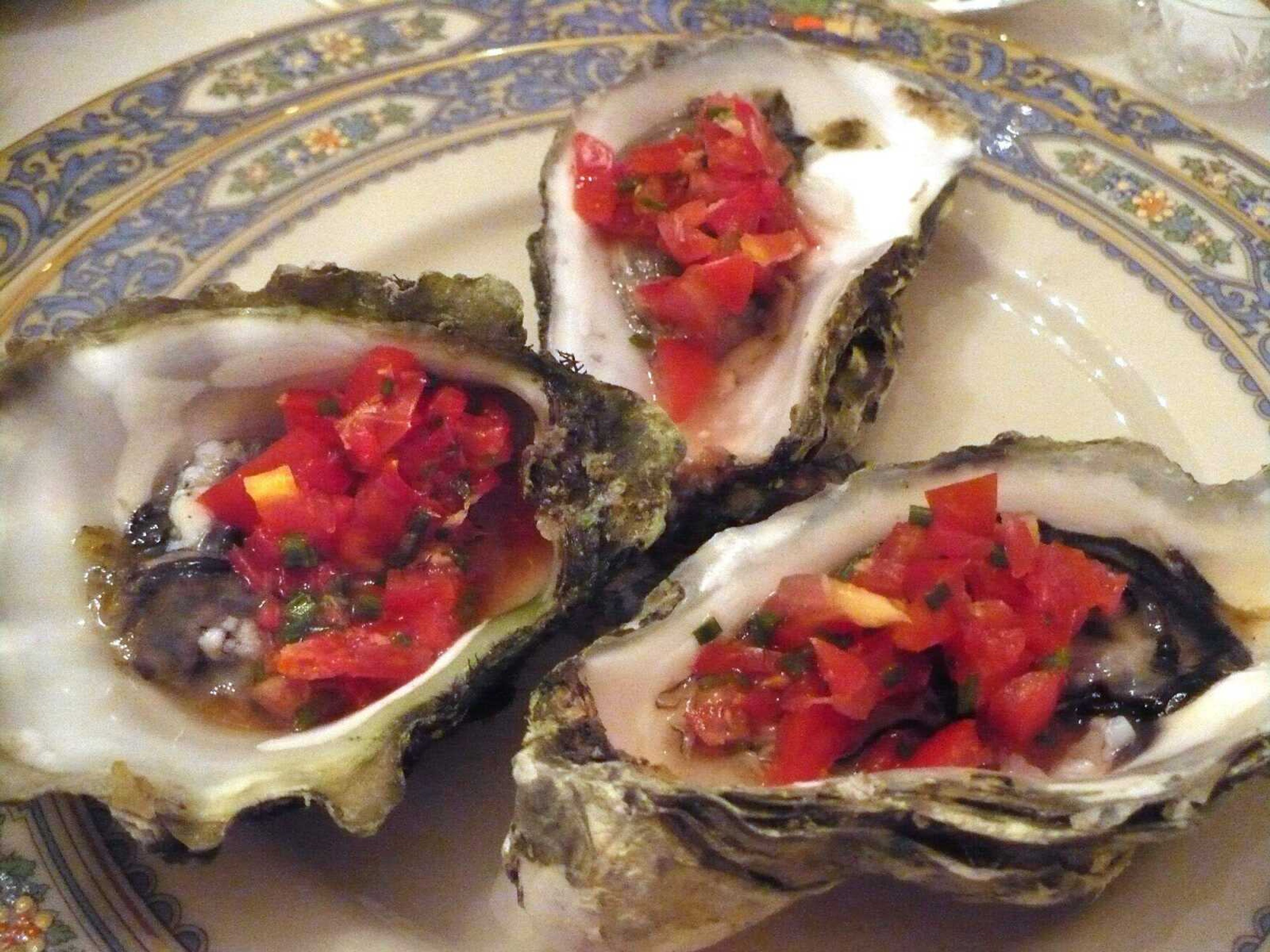A Titanic meal: Recreating the final meal on the ill-fated ship
Thursday marks the anniversary of one of the most fateful days in maritime history (with the possible exception of the wreck of the SS Minnow following what was to have been a three hour cruise, leaving Willy Gilligan and fellow castaways stranded on network television for 98 episodes). On April 14, 1912, the RMS Titanic collided with an iceberg in the middle of the Atlantic Ocean...
Thursday marks the anniversary of one of the most fateful days in maritime history (with the possible exception of the wreck of the SS Minnow following what was to have been a three hour cruise, leaving Willy Gilligan and fellow castaways stranded on network television for 98 episodes). On April 14, 1912, the RMS Titanic collided with an iceberg in the middle of the Atlantic Ocean.
The Titanic carried on board perhaps the most privileged group of individuals ever on a single ship and, thus, was a symbol of the Edwardian Age, a time dedicated to Oscar Wilde's notion that "nothing succeeds like excess." In no way was this more true than when it came to food.
The Edwardians had ravenously epicurean appetites, and the Titanic was well equipped to satisfy them. Sporting the most sophisticated seafaring culinary facilities, it housed three large galleys where some 60 chefs worked around the clock. One of the first ocean liners to give priority to gourmet food, the Titanic's head chef ranked right up there with the captain in terms of pay and prestige.
The Titanic's larder was gargantuan. Stored on board as the ship set out to sea were 40 tons of potatoes, five tons of sugar, two tons of butter, five-and-a-half tons of fish and 38 tons of meat. All this was to be washed down with the 1,500 bottles of wine on board, which included 70 brands of Champagne. To serve all of this to the first-class diners alone took 600 specially commissioned bone china plates. Only one survived.
With so much at its disposal, it's not surprising that the Titanic served meals that rivaled anything you could find on land. Second-class fare on the ship was better than first-class on most other liners. Even in steerage, passengers ate better than at home.
Recently I had the privilege to experience what it was like to dine aboard the Titanic when a friend invited me to a dinner recreating the last meal served in the ship's main dining room. Seated at a table resplendent with fine china and silver, we began our 11-course dinner (yes, 11!) with oysters and worked our way through soup, salad, fish and meat courses, cleansing our palates with sorbet when appropriate and imbibing carefully chosen exceptional wines to complement each course, until we finished not only with dessert but a cheese and fruit plate as well.
It was as sumptuous a meal as I have ever had but one which, no doubt, the well-heeled passengers on the Titanic may have taken for granted. They could not have known in advance that for most of them this would be their last repast, but it was clear to me as I savored the feast that for an age that was about to abruptly end, it was a fitting last meal.
Oysters a la Russe
The Titanic carried 1,221 quarts of oysters as it embarked upon its ill-fated voyage, so there were plenty of the bivalves on hand for this first-course preparation. The recipe is adapted from Archbold and McCauley's beautiful book, "Last Dinner on the Titanic."
2 tablespoons vodka
1/2 teaspoon lemon juice
1/4 teaspoon prepared horseradish
Dash of hot pepper sauce
Pinch of sugar
Pinch of salt
1 plum tomato
1 tablespoon chopped chives
1 dozen large oysters
Combine vodka, lemon juice, horseradish, hot pepper sauce, sugar and salt. Seed and finely chop tomato and add along with chives. Wash oysters under running water. Insert tip of a shucking knife between shell halves near hinge, twist upward to open, discarding top shell. Sever connective membrane that holds oyster to bottom shell. Place oysters on bed of crushed ice and spoon vodka relish over each one. Dust with cracked pepper.
Tom Harte's book, "Stirring Words," is available at local bookstores. A Harte Appetite airs Fridays 8:49 a.m. on KRCU, 90.9 FM. Contact Tom at semissourian.com or at the Southeast Missourian, P.O. Box 699, Cape Girardeau, MO 63702-0699.
Connect with the Southeast Missourian Newsroom:
For corrections to this story or other insights for the editor, click here. To submit a letter to the editor, click here. To learn about the Southeast Missourian’s AI Policy, click here.











